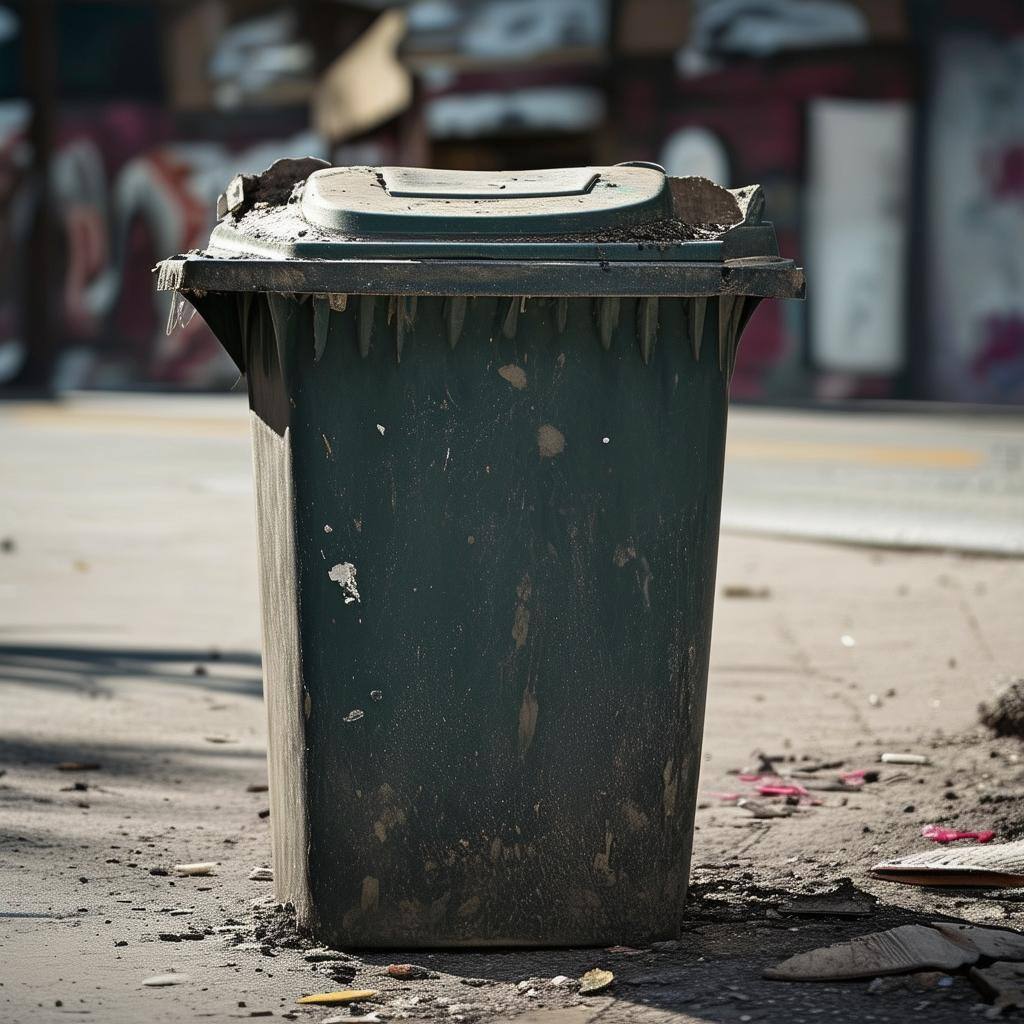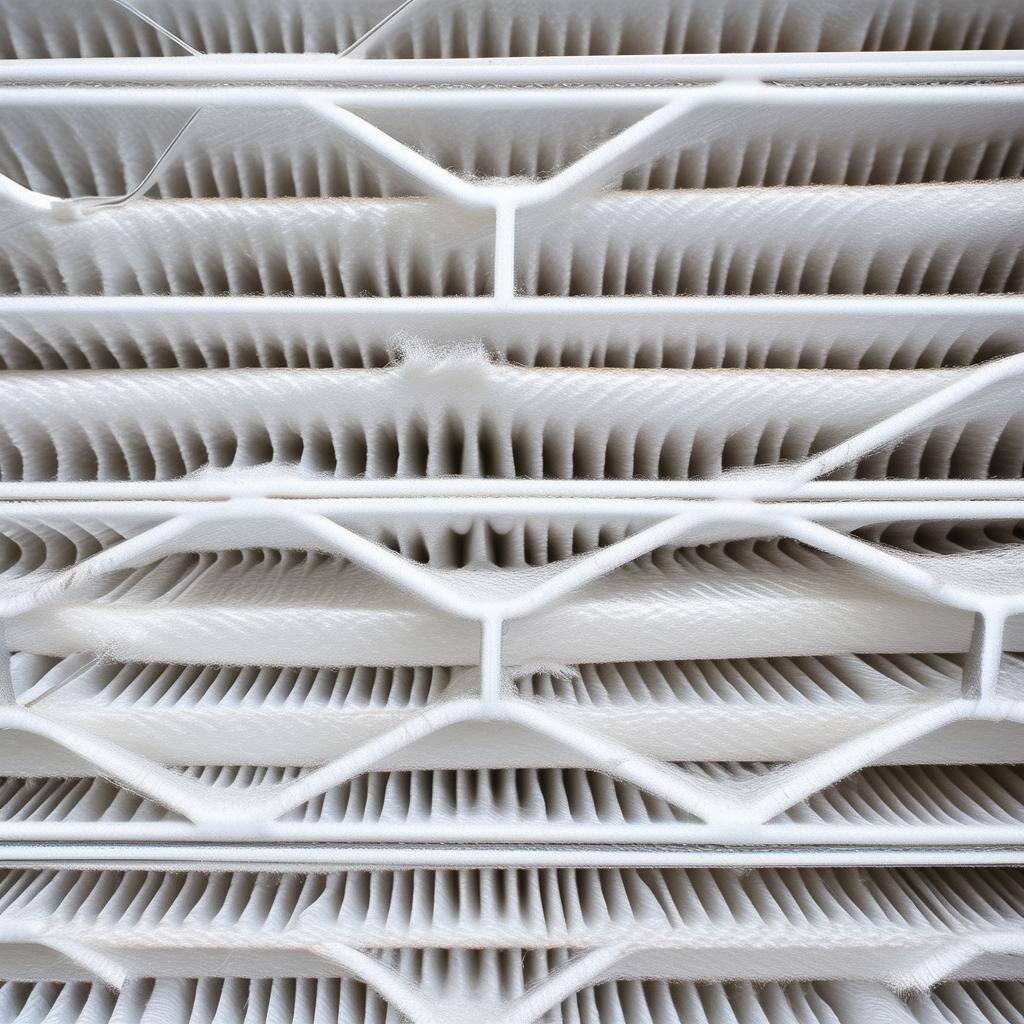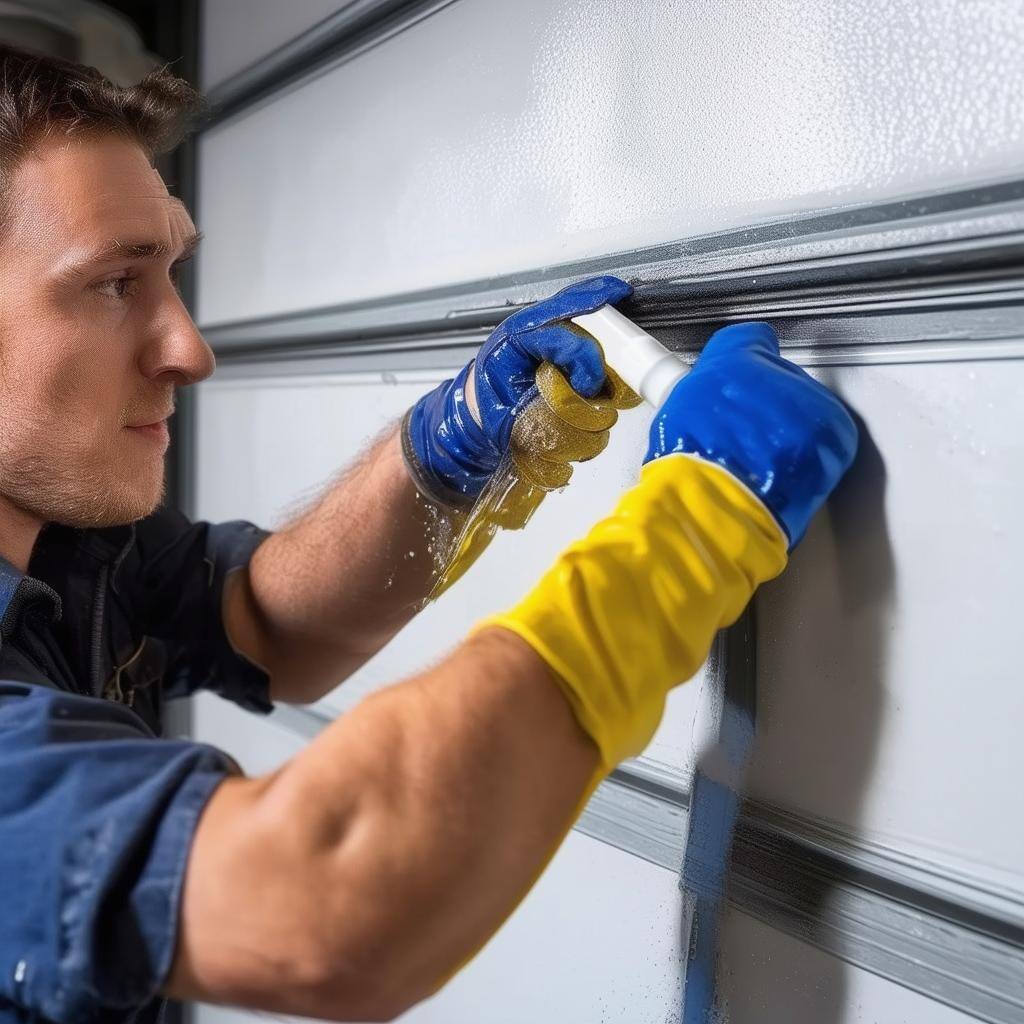Sealing Kitchen Countertops
Sealing kitchen countertops is an important maintenance task that helps protect the surface from stains, moisture, and damage. The process varies depending on the material of the countertop (e.g., granite, marble, quartz, or wood). Below is a general step-by-step guide on how to seal kitchen countertops, focusing on common materials like granite, marble, and wood.
See tips on how to do it, below!
What You’ll Need:
- Countertop cleaner (or mild dish soap and water)
- Soft cloths or microfiber towels
- Painter's tape (optional)
- Sandpaper (optional, for wood countertops)
- Granite or stone sealer (if sealing granite or marble)
- Food-safe sealer (for wood countertops)
- Foam brush or clean lint-free cloth (for applying sealer)
- Rubber gloves (optional)
- Drop cloth or newspaper (optional, to protect surrounding areas)
Steps to Seal Kitchen Countertops
1. Clean the Countertop Thoroughly
- For Granite or Marble: Clean the countertop with a mild dish soap and water solution or a cleaner specifically designed for granite or marble surfaces. Avoid using harsh chemicals that can damage the stone.
- For Wood Countertops: Clean the surface with a wood-safe cleaner or a mild soap-and-water solution. Ensure no residue or grease remains on the surface.
- Dry the countertop completely using a soft cloth to ensure that no moisture is trapped beneath the sealer.
2. Test the Sealer
- Before applying the sealer to the entire countertop, test it in an inconspicuous area to ensure it doesn't affect the surface's appearance or texture. For stone countertops, check that the sealer doesn’t alter the stone’s color or finish.
3. Tape Off Surrounding Areas (Optional)
- If you want to protect your backsplash, walls, or cabinets, apply painter’s tape around the edges of the countertop where the sealer might spill.
4. Apply the Sealer (Stone Countertops)
- Granite or Marble:
- Shake or stir the sealer according to the manufacturer’s instructions.
- Using a foam brush or a clean, lint-free cloth, apply a thin, even coat of sealer across the surface of the countertop, following the grain (if applicable). Be sure to cover all areas, including edges.
- Allow the sealer to soak in for 10–15 minutes. If it absorbs quickly, you may need to apply a second coat. For countertops with a more porous surface, multiple coats may be needed.
- Wood Countertops:
- Use a food-safe wood sealer or butcher block oil. Apply it with a clean cloth or a foam brush in the direction of the wood grain.
- Rub the sealer into the wood, ensuring the entire surface is covered.
- For additional protection, you may need to apply several coats (usually 2-3), allowing each coat to dry before applying the next.
5. Wipe Off Excess Sealer
- After the sealer has had time to absorb (check the instructions on your product), wipe off any excess with a clean, dry cloth. For stone countertops, you should remove any visible streaks or puddles.
- For wood countertops, buff the surface to a smooth finish, removing any extra oil or sealer that hasn’t absorbed into the wood.
6. Let the Sealer Dry
- Allow the countertop to dry for the recommended amount of time, usually 1–2 hours for stone countertops. For wood countertops, allow them to cure for 4–6 hours before using them, or overnight if possible.
- Do not use the countertop until the sealer has fully dried to avoid damaging the finish.
7. Apply Additional Coats (If Necessary)
- For stone countertops, you may need to apply a second coat of sealer after the first one has dried, especially if the countertop is very porous. Follow the same procedure as before: apply, wait, wipe off excess, and dry.
- For wood countertops, depending on the desired level of protection, you might want to apply additional coats. Let each coat dry completely before applying the next one.
8. Cure the Countertop
- After the final coat has been applied, let the countertop cure for 24–48 hours before using it to ensure the sealer has hardened and provides the best protection.
9. Clean and Maintain Regularly
- After sealing your countertops, clean them regularly with a mild cleaner and soft cloth.
- For stone countertops, use a cleaner designed for granite or marble to maintain the seal. For wood countertops, clean with a gentle wood-safe cleaner and reapply sealer or oil when needed, typically every 6 months to 1 year, depending on use.
Additional Tips:
- Stone Sealer Maintenance: Granite and marble countertops may need resealing every 1–2 years, depending on usage and exposure to moisture. You can perform a water drop test to check if the seal is still effective: place a few drops of water on the countertop. If the water beads up, the seal is still intact. If it soaks into the stone, it’s time to reseal.
- Avoid Harsh Cleaners: For both stone and wood countertops, avoid using abrasive cleaners or those with high acidity (like vinegar or citrus), as they can damage the seal or finish.
- Food-Safe Sealers: Always choose a food-safe sealer for wooden countertops, especially if you’re working with a butcher block or countertop where food will be prepared directly on the surface.
Conclusion:
Sealing your kitchen countertops is an essential step in protecting the surfaces from stains, moisture, and wear. By following these steps, you can keep your countertops looking great and ensure their longevity, whether you have granite, marble, or wood countertops. Regular maintenance and resealing when needed will help preserve their beauty and functionality for years to come.
Prefer Us to Do?
Want us to knock out 25 recommended DIY preventative maintenance & home hygiene tasks for you?
80% of repairs are from a lack of routine maintenance - check out the Home Health Plan, below!
You May Also Like
These Related Stories

Cleaning/Sanitizing Trash Bins

Changing Your AC Filters
